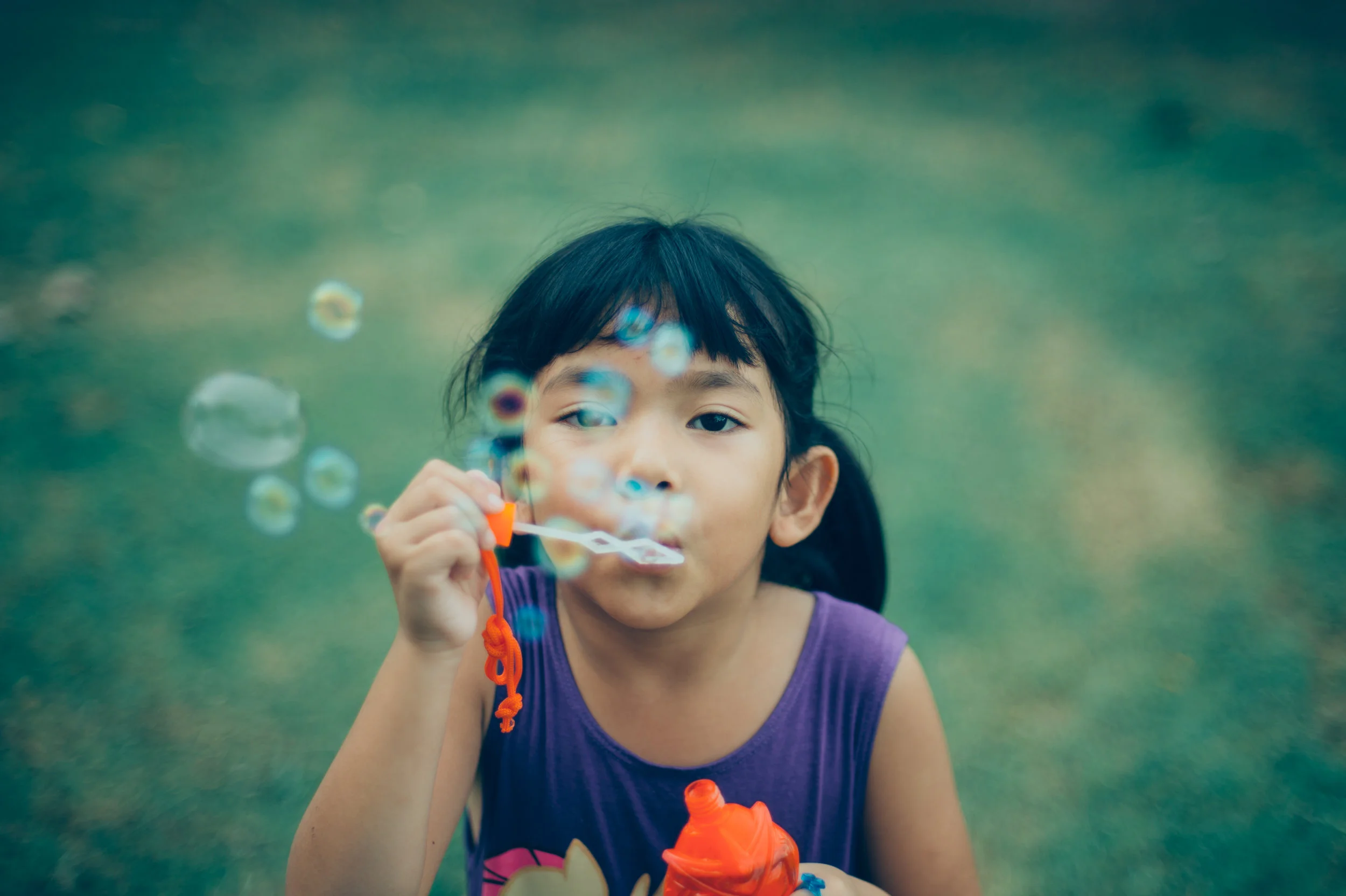You may be wondering how children understand death. As a psychotherapist with experience in childhood grief and trauma, I’d like to share some considerations with you.
Your school-age child may think of death as something that comes and gets you, as they connect death with scary things. They may be especially curious about the body and what happens to it after death. The idea of irreversibility and inevitability are starting to be understood, although the permanency of death won’t be fully understood until around age 10. They may show increased aggression and decreased impulse control, and even hyperactivity and seemingly random bouts of laughter or silliness. These responses are all normal. Caregivers of children at this age may find it helpful to provide opportunities for playing out their thoughts and feelings about death (ex: with toy figurines and household items), providing empathy, and encouraging the whole family to be involved in special rituals to honor and share memories about the person who died.
Your pre-school age child understands death a bit differently, which is why we decided to write two versions of our book. Your pre-school age child may think that death is reversible, like a long trip from which people return. They may have difficulty with concepts such as “heaven.” For this reason, well-intentioned sayings such as “he/she are in a better place” are quite confusing and not advised. They may have difficulty verbalizing their many and varied feelings. They may worry that something they said or did caused the person to die, due to their developmental reliance on their own magical thinking (ex: “if I only had given her my share of orange juice”, etc). Parents can help their children by providing concrete and honest answers, by reading stories about emotions which foster the development of feelings vocabulary, creating art or a book to share special memories, and encouraging children to express their wishes.
***
Together with my colleague Andrew Barnett, LCMHC and the talented illustrator Zander Stefani, we created the books “I Didn’t Get to Say Good-bye: A Story for Children Grieving During Coronavirus” (written for children ages 6-12) and “I Didn’t Get to Say Good-bye: A Story for Young Children Grieving During Coronavirus” (written for children ages 3-6). While there are already many excellent books available to families which address death and grief from a child’s developmental perspective, there are none to date that have captured the unique experience of death and grief during this pandemic. Many children and families will not get to say good-bye to their loved ones who die from this awful virus, or even be able to have traditional memorials where there is a communal opportunity to grieve in the days and weeks after the death.
“I Didn’t Get to Say Good-bye” aims to witness children in their grief, to help them to have names for the complicated feelings they are experiencing as they grieve, and to provide ideas the whole family for rituals which give opportunity to say good-bye in their own way. Our hope is that by reading this story aloud (perhaps during a quiet moment in your day, cuddled up together with some soothing items nearby) it creates an opportunity for your child to share feelings and to honor wherever they are in their grief experience. Because children rely on cues from their caregivers, a vital factor in your child’s experience is indeed how you as their caregiver attend to your own grief experience. By sharing your feelings, openly and honestly, you provide your child with the permission to share theirs too.
Our books are available online (Amazon and Barnes & Noble). All proceeds from purchasing the book will be donated to food pantries around the nation.
Ages 3-6: https://www.amazon.com/dp/0578687275/ref=sr_1_3?crid=8T61LF9SS455&dchild=1&keywords=i+didn%27t+get+to+say+goodbye&qid=1594314835&s=books&sprefix=I+didn%27t+get+%2Cstripbooks%2C176&sr=1-3
Ages 6-12: https://www.amazon.com/Didnt-Get-Say-Good-bye-Coronavirus/dp/0578683393/ref=sr_1_1?crid=8T61LF9SS455&dchild=1&keywords=i+didn%27t+get+to+say+goodbye&qid=1594314789&s=books&sprefix=I+didn%27t+get+%2Cstripbooks%2C176&sr=1-1

